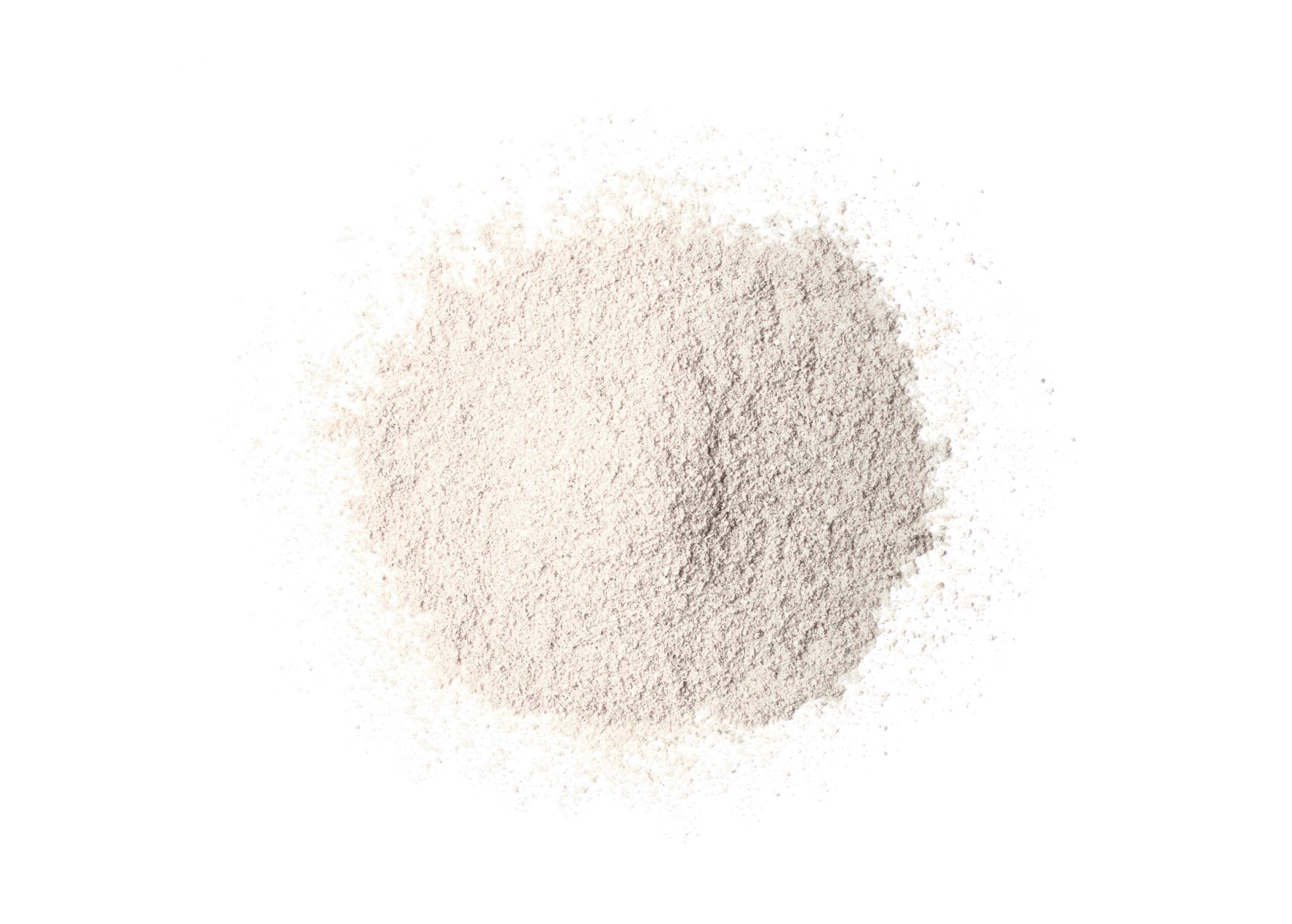
Many childhood kidney diseases are treated with corticosteroids, including childhood nephrotic syndrome. However, steroids can have ill effects on bone mineral content and bone mineral density (BMD) and can lead to osteoporosis. Sowrabha Rajanna and colleagues conducted a clinical trial from February to October 2024 to assess the relationship between steroid exposure and BMD changes in a pediatric population.
The study included 25 children aged 5 to 18 years receiving steroids for renal indications for more than 12 weeks with an estimated glomerular filtration rate (eGFR) of greater than 90 mL/min/1.73 m2 (steroid arm) and 25 children without a history of steroid use (control arm). All participants had a dual-energy x-ray absorptiometry (DEXA) scan and metabolic screening for bone health.
The dose and duration of steroids, calcium intake, outdoor activity, and other history were recorded. Clinical examination focused on growth, vital signs, edema, and ascites. Serum creatinine, serum albumin, serum calcium and phosphorus, alkaline phosphatase levels, serum vitamin D3 levels, and intact parathyroid hormone were measured.
All participants met their daily recommended calcium intake. Serum vitamin D was low (<30 international units) in 14 participants. Twenty-five children were receiving steroids: 18 for nephrotic syndrome, four for lupus nephritis, one for Takayasu arteritis, one for atypical hemolytic uremic syndrome, and one for complement 3 glomerulopathy. Only nine of the children receiving steroids were of a height below the third centile.
DEXA scans were performed using the GE Healthcare Prodigy system. Z scores of total body less head (TBLH) and anteroposterior (AP) spine were recorded and compared with reference ranges of National Health and Nutrition Examination Survey data for the pediatric population. TBLH values were computed only for children younger than seven years due to lack of reference data.
AP spine scores were low in 21 of 25 (84%) children in the steroid arm compared with three of 25 (12%) children in the control arm. TBLH scores were low in 15 of 19 children in the steroid arm and one of 21 children in the control arm, with the lowest TBLH Z score being -2.6.
The authors concluded that evaluating pediatric BMD periodically could help detect bone changes early. This could allow for minimizing steroids when possible and addressing vitamin D insufficiency and any other correctable issues. BMD DEXA could provide a tool to help minimize negative effects of long-term steroid use on bone growth.
Source: Rajanna S, Shetty M, Nagendra L, Prashanth SN, Ahmed S. Bone mineral density profile in children receiving corticosteroids for renal indications for more than twelve weeks. Abstract #WCN25-2795. Presented at the World Congress of Nephrology; February 6-9, 2025; New Delhi, India.







 © 2025 Mashup Media, LLC, a Formedics Property. All Rights Reserved.
© 2025 Mashup Media, LLC, a Formedics Property. All Rights Reserved.